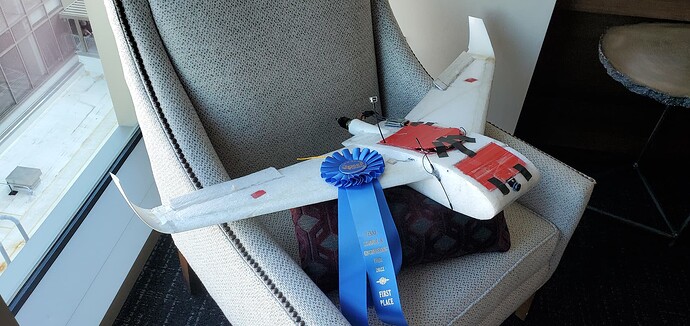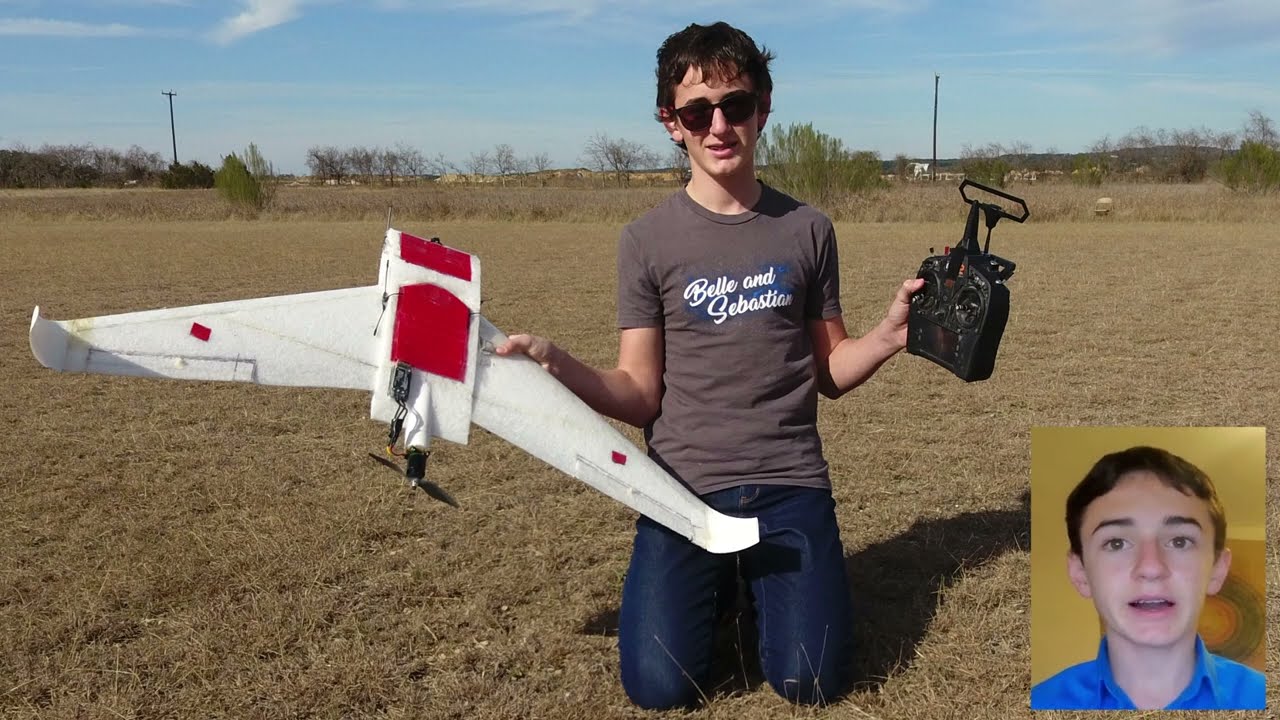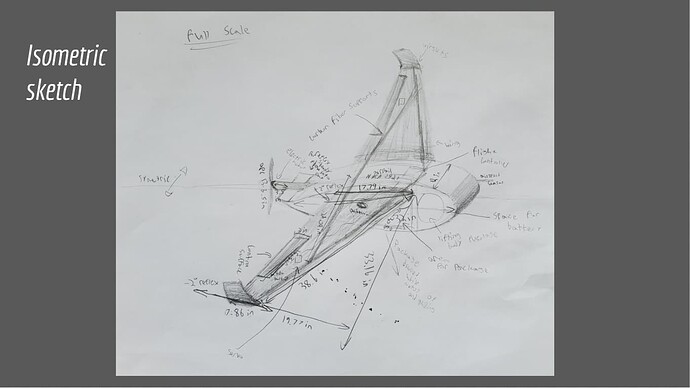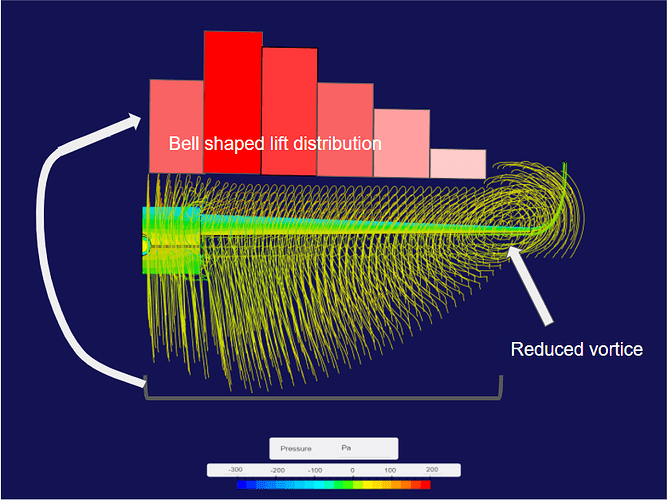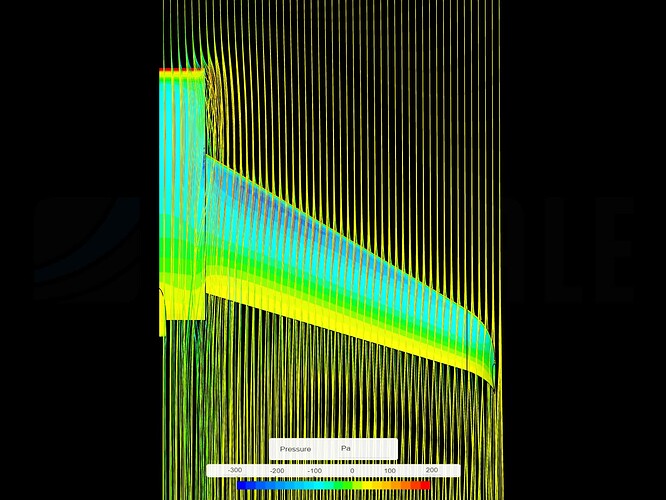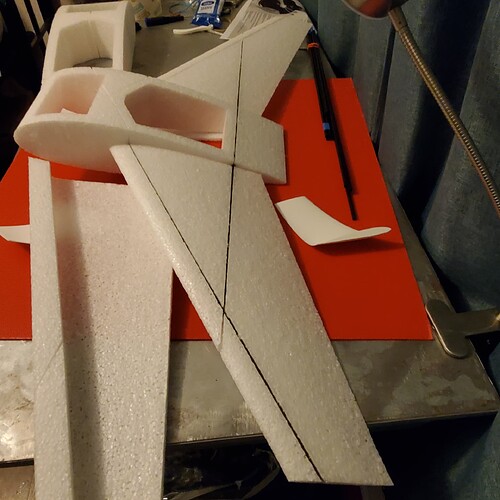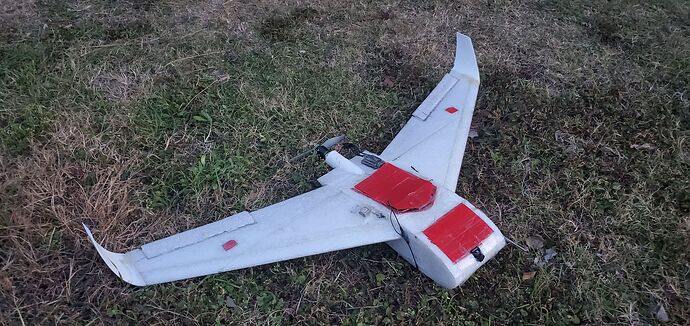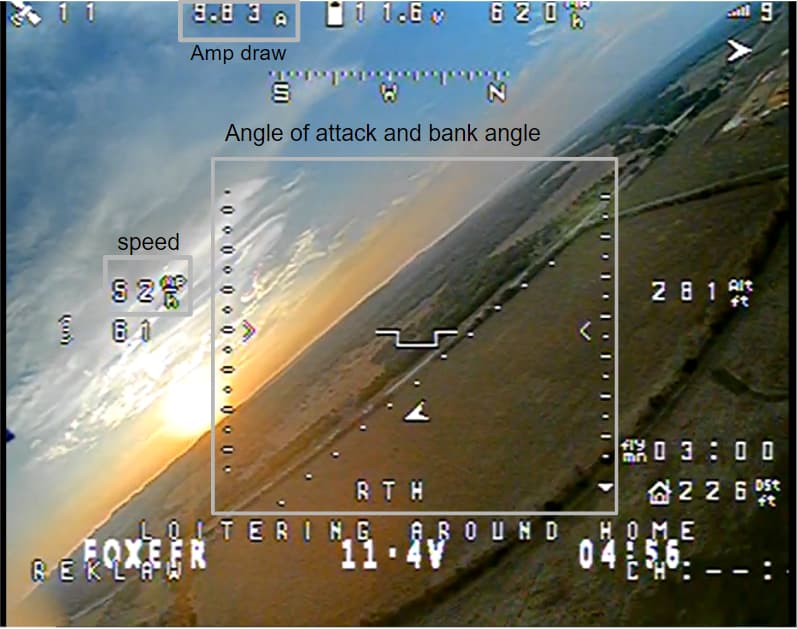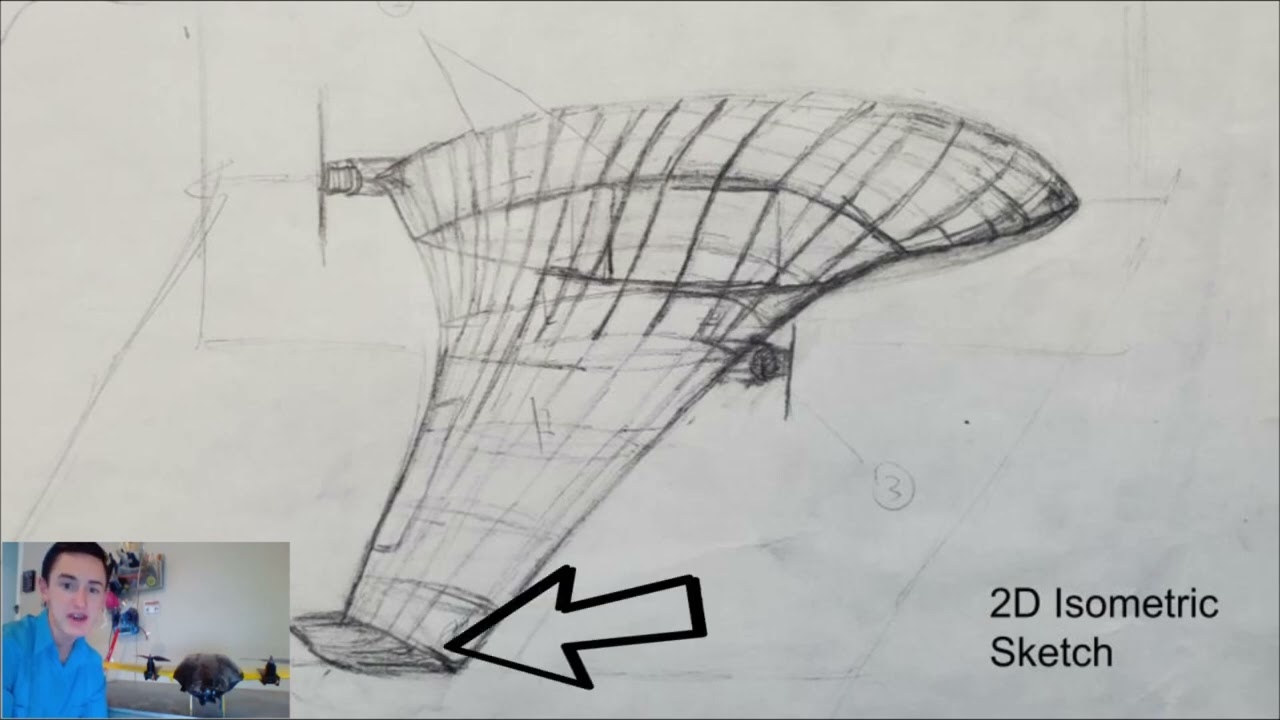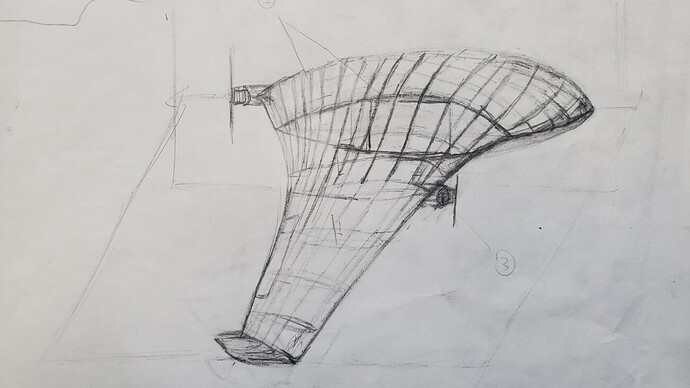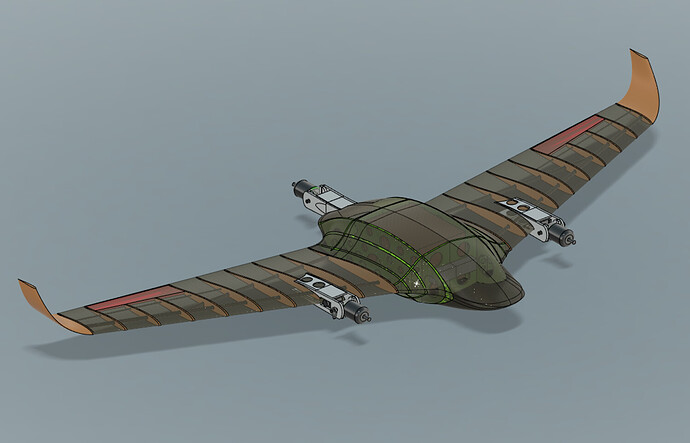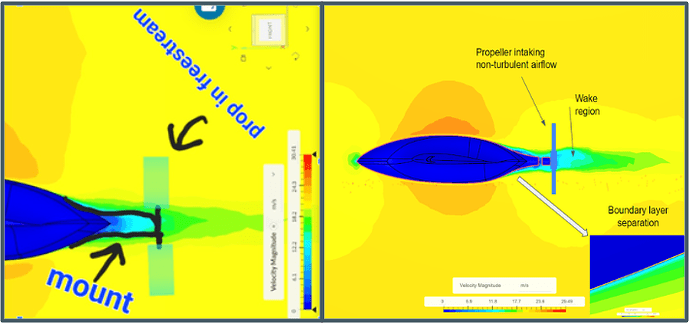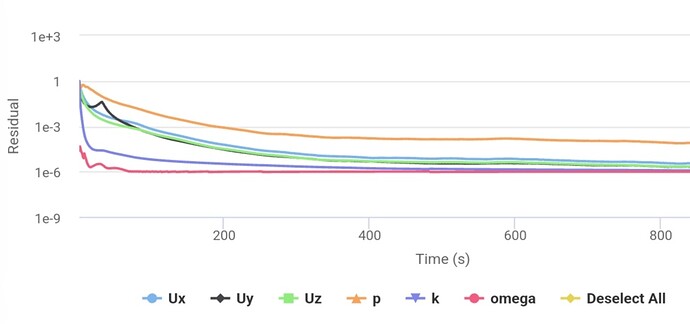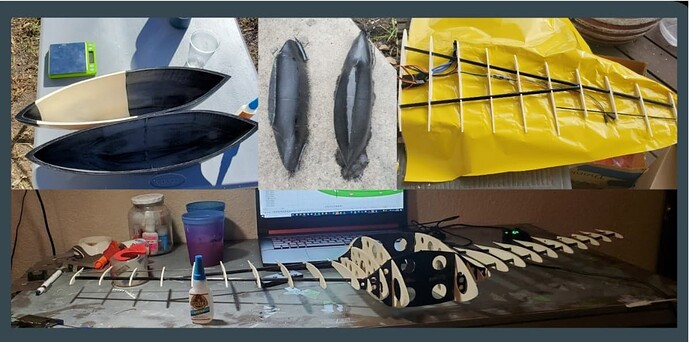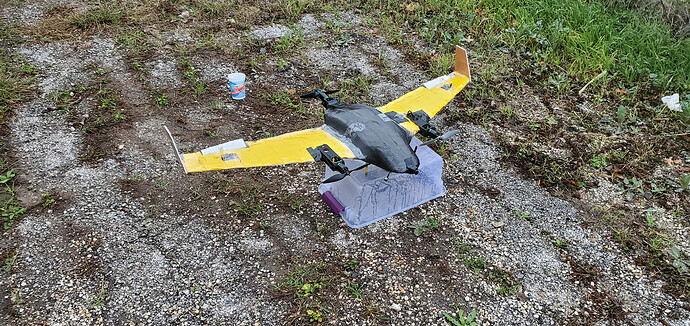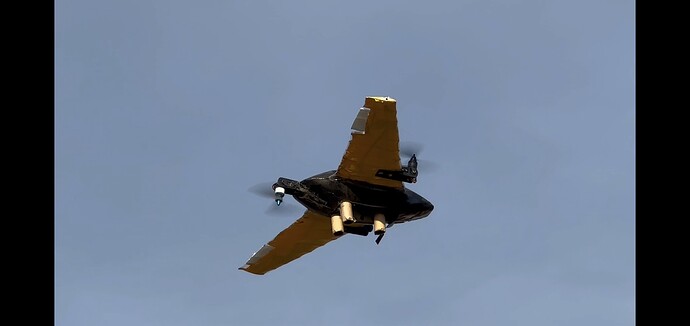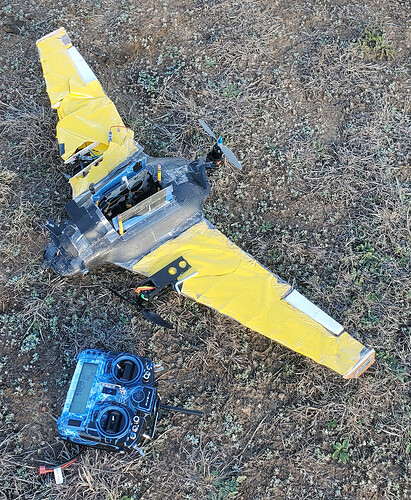Hi, my name is Frank Lucci.
I first want to start off by saying thank you to SimScale for sponsoring this project by giving me the student license I needed to make this project possible. I am an incoming sophomore at BASIS Shavano High School and would like to share the story of my journey so far in designing, building, and testing medical delivery drones for my science fair project.
It all started about two years in a half years ago when I became deeply interested in aeronautics, specifically fluid dynamics. My first projects in SimScale can be traced back to around the middle of my seventh-grade year when I was able to learn a great deal of information on the topic of fluid dynamics. With the possibility of an upcoming science fair competition and the COVID pandemic, I decided that it would be a great idea to design, build, and fly not just any ordinary plane, but one that carries and delivers a medical payload. Additionally, I knew that I didn’t want to design a plane with some ordinary basic calculations that just flew “about right”. I wanted to combine physics calculations, simulations, computer design, and hands-on work in order to arrive at the best possible solution and learn the most by the end of the project. So then it began, project MediWing.
At first, I had to consider all of the design requirements needed in order to fulfill the task of delivering medical supplies. This included range, speed, payload weight, autonomous/manual modes, location, environmental conditions, etc. Once I had narrowed these requirements down and had rough estimates, I used the classic lift and drag equations plus some very rough overestimations of chosen airfoils to find the needed surface area. This gave me a base for my design which would soon be decided to be a flying-wing-shaped aircraft due to its high efficiency and would allow me to expand my knowledge outside of conventional aircraft design. Once a CAD model was produced, I simulated it, changed it, simulated it, and changed it countless number of times. Once the desired numbers were being produced, I developed a detailed CAD design for a half-scale model and outsourced to get the foam parts CNC cut and I would print, build, and assemble everything else. Once the model was constructed, I tested it, landed it hard, tuned it, and continued until the autonomous was able to control it. The package mechanism and everything else seemed to work except for the range which was half of the predicted and desired range. Eventually, I came to understand that all the building defects, circular flying patterns, and high wind speeds cause a huge efficiency decrease. I vowed to construct the next model way more aerodynamically efficient and overestimate the drag predicted from the simulations. After 1 year, hundreds of hours of work, thousands of errors and failures(I could go on and on), and 1 top 300 middle school science fair project in the nation later, version 1 was done.
However, I wasn’t going to stop there.
-Beginning isometric sketch
-Lift distribution and other visible characteristics
-Flow view(top)
-Construction
-Finished half scale prototype
-On board FPV footage during autonomous flight
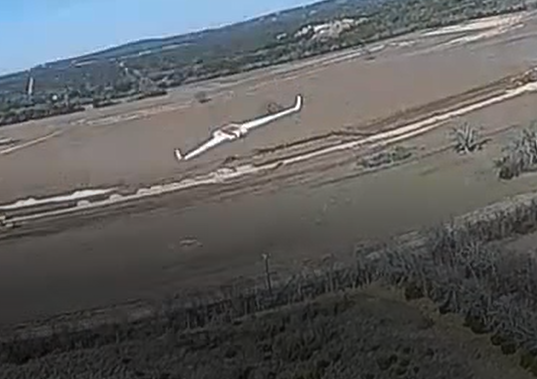
-aerial photo of the plane in flight
-Package being dropped on command
As I was going into high school, I knew I needed to take MediWing to the next level if I was going to truly live up to the design requirements and continue to learn more about aeronautical engineering. Because of this and feedback from many smart individuals, I decided to completely change the design. I was going to make the plane VTOL. This time, I had things that worked from MediWing 1.0 that I could transfer over to the new design like the general wing area. Many things changed, however, in order to have more package room, better efficiency, etc. After many different iterations, I once again arrived at a final design having learned many different new concepts along the way. After making a detailed design, I fabricated it using 3D-printed carbon fiber molds that I did in my backyard and various other techniques that allowed me to produce complex and efficient aerodynamic shapes. Finally, I programed the VTOL mechanism. I tested the plane in hover mode to make sure it could fly vertically and it worked successfully. However, when testing the transition from VTOL to horizontal flight, the plane immediately nose dived and crashed into the ground for a number of reasons. This marked the end of the project for that science fair season as I had to present it in the upcoming weeks and finish my research paper. Again, After 1 year, hundreds of hours of work, thousands of error and failures, and 1 state finalist in engineering statics and dynamics, here I am.
-Beggining isometric sketch
-New CAD design
-Using Visual CFD analysis to correct inefficiencies
-CFD residual values under 1e-3
-Converging force plots

-Throwable model to confirm stable flight
**-Construction summary
-Wiring, package doors, and tilt mechanisms
-Forward configuration of the VTOL system
-Plane flying in vertical mode
-Crashed plane after attempted transition
With the upcoming science fair season I have decided to pursue a very interesting robot concept as I feel like I will learn the most from doing that project. However, I will also continue to work on this project and fine tune and fix the plane’s VTOL transition and maybe even build the full scale version. I would like to thank my mom, my mentor, and the guy who CNC’ed the foam wings. Again, I also would like to thank SimScale and the SimScale community along with all other people who helped for the constant support on this project and look forward to posting an update on the project when I get the VTOL working.
Contact:
